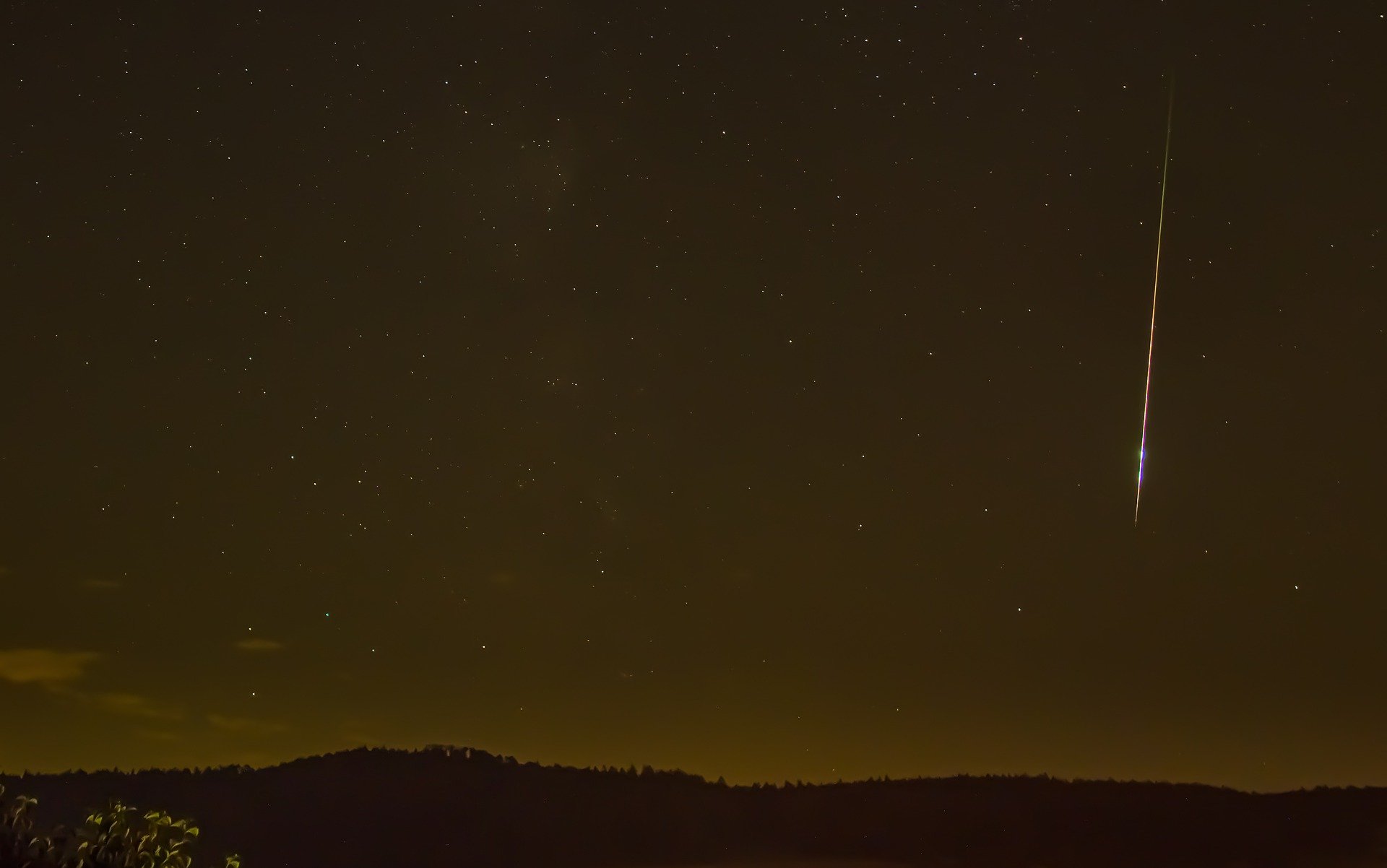Somalia’s Breathtaking Meteorite Find

A meteor is a celestial body that travels through the atmosphere at a high rate of speed; if you have ever seen a shooting star, you have seen a meteor. As per Space.com, only three varieties of meteorites were discovered: metallic, stony, and stony-metallic. If that item finds its way to the earth, it is termed a meteorite, and if it does, it is called a meteor. According to the United States Geological Survey, the majority of meteorites have an asymmetrical structure, and they exhibit magnetic properties due to the presence of iron in trace amounts (USGS).
According to National Geographic, some of the other components that may be discovered in meteorites are carbon, clay, silicates, oxygen, and amino acids. One meteorite that crashed on our planet in 2021 is an example of the kind of meteorite that was found to have elements that seem to be related to the existence of water. According to Live Science, it has water in it, and experts believe that this water may help us comprehend how the Earth was created. In the year 2020, a meteorite that was older than the Earth itself and dated back 4.6 billion years was discovered in the Sahara Desert. According to the University of Alberta, another meteorite that was discovered in Somalia has two chemicals that are not found anywhere else on Earth in their natural state. Those are remarkable in and of themselves.
Even though the actual date of the meteorite’s impact on Earth is unknown, the event has been commemorated in legends and songs for more than a century. The locals have given it the name “Nightfall.” Opal prospectors didn’t detect the peculiar rock until 2019, at which point they submitted samples to Chris Herd, a professor in the Department of Earth and Atmospheric Sciences and the curator of the University of Alberta’s Meteorite Collection. Herd was able to identify the rock as a meteorite. The newly discovered minerals were uncovered by Herd and his fellow researchers at the institution, who published their results in 2022. The enormous meteorite, which has been given the name “El Ali” after the place in close proximity to where it was discovered, weighs slightly over 15 tons.
El Ali is an iron IAB meteorite, and Herd and other specialists who examined the 70-gram sample quickly determined that it contained chemicals that did not exist on Earth. These compounds were subsequently given the names elaliite and elkinstantonite. Elaliite was called for the meteorite that it was found in, while elkinstantonite was named after Lindy Elkins-Tanton, who is the vice president of the Interplanetary Initiative at Arizona State University. Because synthetic copies of the chemicals had previously been generated by humans, it allowed scientists to discover the compounds far more rapidly than they otherwise would have. The specialists have reason to believe that the meteorite may even include a third component, but they have not been able to determine what it is.
El Ali is not the only IAB meteorite, although it is the only one to include elkinstantonite and elaliite. This is fascinating because it symbolizes an intriguing element of the meteorite’s history. Although El Ali is not the only IAB meteorite, it is the only one to have elkinstantonite and elaliite.
It has been stated that the Somalian government has taken possession of the “Nightfall” rock that served as the source of Herd’s sample, which means that any more discoveries pertaining to El Ali may be placed on hold. After that, no one is sure what happened to the meteorite, although there is some conjecture that it was taken to China, where brokers may have broken it into smaller fragments and sold them separately.
0 comments